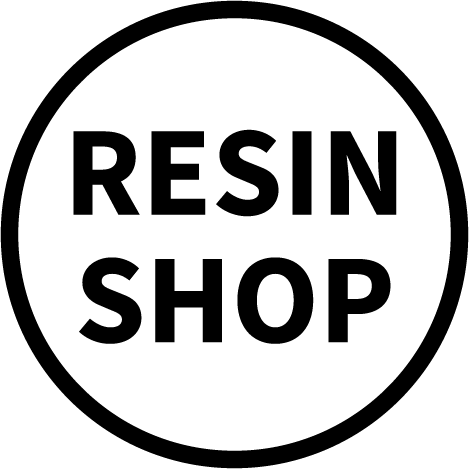Why Do Bubbles Appear in Epoxy Resin?
Bubbles in epoxy resin can be frustrating and affect the clarity and smoothness of your finished piece. They can appear due to mixing, pouring, ambient conditions, and surface preparation. Below are the most common causes and practical ways to reduce bubbles.
🌀 Mixing Too Vigorously
- Fast or aggressive stirring traps air in the resin.
- Bubbles form and become suspended in the mixture.
- Best practices:
✅ Mix slowly and gently in a circular motion.
✅ Scrape the sides and bottom of the container thoroughly.
✅ Let the mixed resin sit for a few minutes before pouring.
🌊 Pouring Too Quickly or from a Height
- Pouring resin too fast or from too high creates turbulence, trapping air.
- Best practices:
✅ Pour resin slowly and steadily.
✅ Keep the pouring height as low as possible to reduce air intake.
✅ Pour against the side of a container for controlled flow.
🌡️ Ambient Temperature & Humidity
- High temperatures and humidity can accelerate curing, preventing air bubbles from escaping.
- Humidity can also cause moisture contamination, leading to more bubbles.
- Best practices:
✅ Work in a temperature-controlled environment (18–25°C).
✅ Avoid pouring in high humidity conditions.
✅ Warm resin slightly before use (if thick) to improve flow.
💨 Blowing on the Surface Incorrectly
- Exhaling directly onto resin adds moisture, worsening bubbles.
- Best practices:
✅ Use a heat gun, torch, or straw to gently remove bubbles.
✅ Pass heat in quick sweeps—do not overheat, as it can cause rippling.
🪵 Porous or Uneven Surfaces
- Air trapped in porous surfaces like wood or concrete can rise into the resin.
- Best practices:
✅ Apply a thin sealing coat before pouring the main layer.
✅ Sand surfaces smooth and free from dust or contaminants.
🎨 Additives & Pigments
- Some pigments, dyes, or glitters can trap air when mixed improperly.
- Best practices:
✅ Mix thoroughly and slowly before adding to resin.
✅ Avoid foamy or highly aerated pigments.
⚙️ Curing Under Pressure
- Pressure curing (vacuum or pressure chambers) can release dissolved gases, forming bubbles.
- Best practices:
✅ Use only when necessary, following proper chamber settings.
✅ De-gas resin beforehand if using a vacuum system.
📌 Final Thoughts
- Take your time mixing and pouring.
- Work in a controlled environment to avoid temperature and humidity issues.
- Use proper techniques for bubble removal—heat, slow stirring, and sealing surfaces.
- Practice and experiment to refine your process for bubble-free epoxy resin projects.




